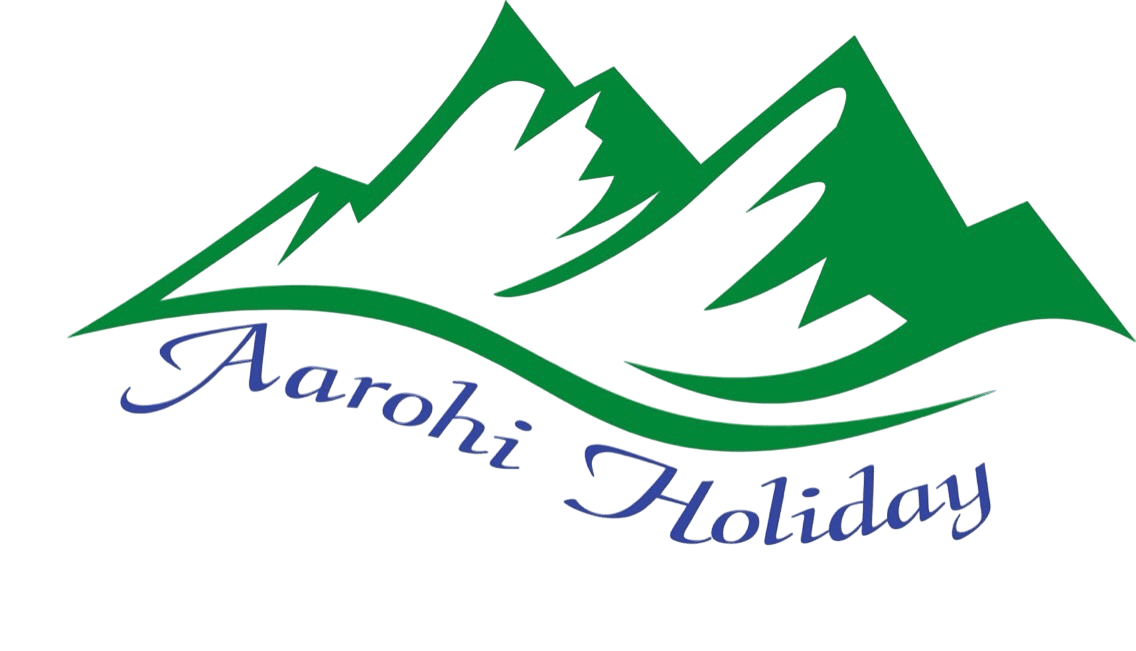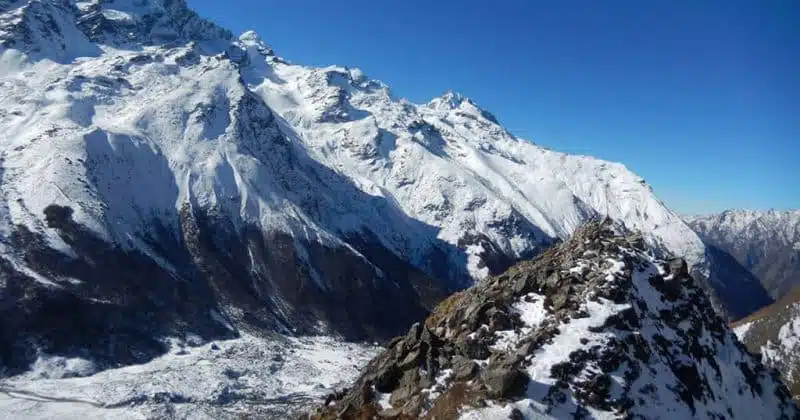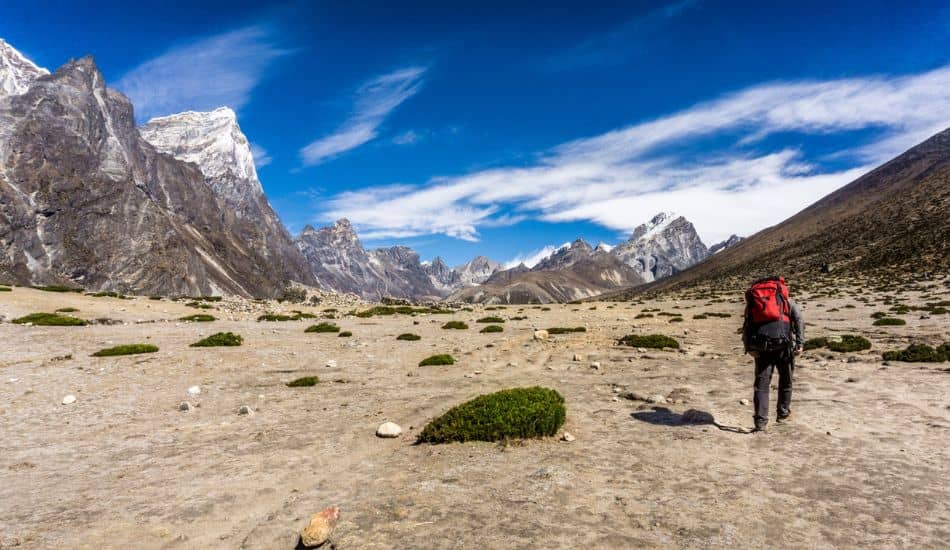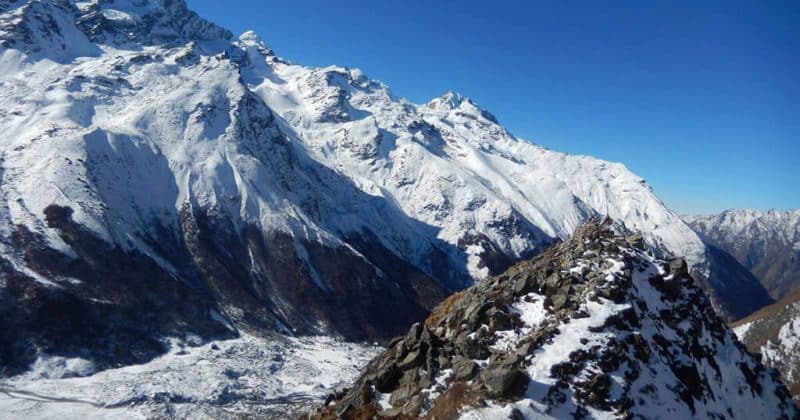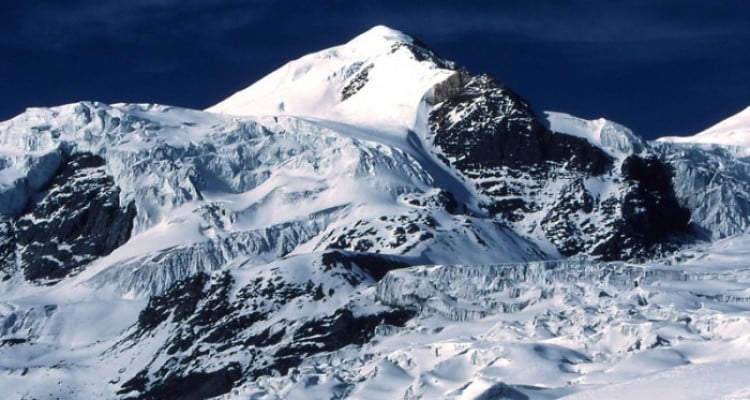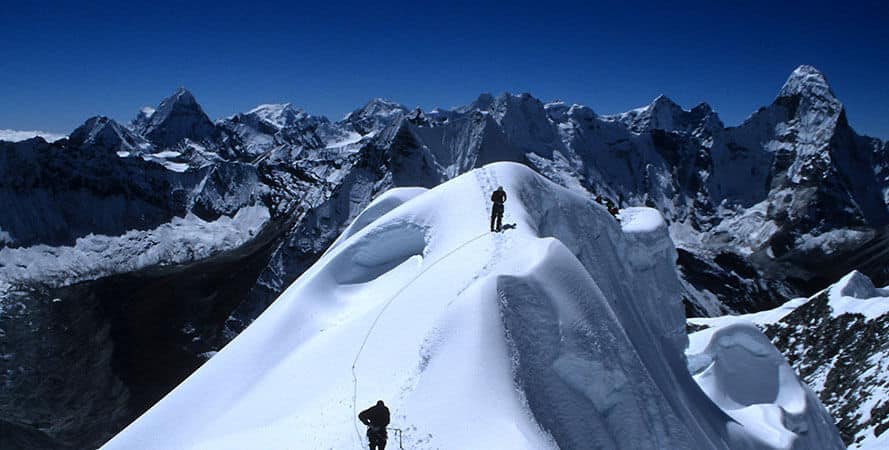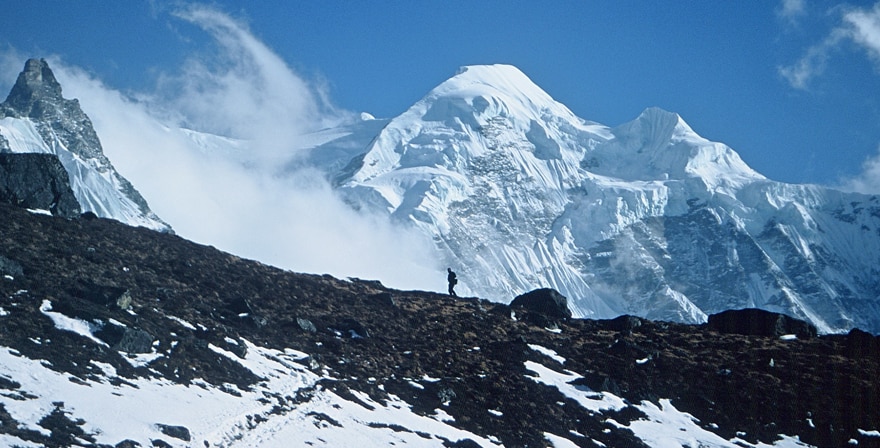Accommodation during Yala Peak Climbing
- In Kathmandu we provide comfortable accommodation in 3-star hotels with breakfast on a twin-sharing basis.(Private room accommodation can be arrange at an extra cost)
- During the trek, we provide comfortable teahouse accommodation on a twin-sharing basis. Hot showers, Wi-Fi, and device charging are available at an additional cost.
- During the Climbing we provide high-quality alpine tents with all necessary camping gear.
Meals and Drinking water on Yala Peak Climbing
During the Yala Peak Climbing journey, you will be served three meals a day: breakfast, lunch, and dinner. Along the trekking route, meals are available in local teahouses, while on climbing days our crew prepares fresh and simple camping meals. Common foods include dal bhat, Tibetan bread, momos, noodles, fried rice, soups, pasta, pancakes, and eggs. The meals are basic but filling, giving you the energy needed for trekking and climbing.
At Yala Peak, hot meals are prepared by our climbing crew at higher camps using quality ingredients to keep you strong and energized.
Staying hydrated is essential throughout the trip. Bottled water can be purchased at teahouses, but we recommend carrying a refillable bottle to minimize plastic waste. Our team provides purification tablets or drops so that you always have safe drinking water during the trek and climb. Eating well and drinking enough water will help your acclimatization and keep you comfortable on the journey.
Required Permits for the Yala Peak Climbing
For the Yala Peak Climbing, you will need several permits, but you don’t have to worry about arranging them yourself. All permit fees are included in our package, and we take care of the paperwork so you can focus on your adventure.
- Yala Peak Climbing Permit: Included in the Langtang National Park entry (no separate fee required)
- Langtang National Park Entry Permit: NPR 3,000 per person
- TIMS Card: NPR 1,000 per person
Best Time for Yala Peak Climbing
The best time to climb Yala Peak is during spring (March to May) and autumn (September to November). These months provide stable weather, clear skies, and excellent mountain views across the Langtang Himal. In spring, the trails are colorful with rhododendron blooms and temperatures are relatively mild. Autumn brings cool, dry air and reliable conditions after the summer monsoon.
Climbing in winter (December to February) is possible for well-prepared climbers, but freezing temperatures and heavy snow make the journey more challenging. The monsoon season (June to August) is not recommended, as rain often causes landslides, slippery trails, and poor visibility. For the safest and most enjoyable experience, spring and autumn remain the ideal seasons to climb Yala Peak.
Yala Peak Climbing Difficulties
Yala Peak is one of the easier trekking peaks in Nepal, but it still presents challenges that require preparation and determination. At 5,500 meters, the climb involves high-altitude trekking and basic mountaineering, so good physical fitness and stamina are essential. The route includes steep ascents, rocky paths, and glacier sections where crampons and ropes may be used.
Altitude is the main challenge, as symptoms of altitude sickness can appear above 3,500 meters. Cold temperatures, long trekking days of 5 to 7 hours, and carrying a backpack add to the physical demands. While less technical than other peaks, climbers must be prepared for the effects of altitude and the effort required to reach the summit. With proper acclimatization, training, and the support of our experienced guides at Aarohi Holiday, Yala Peak is a rewarding climb for beginners and adventurous trekkers.
Altitude Sickness and Prevention on the Yala Peak Climbing
Your safety and well-being are the top priorities during Yala Peak Climbing. Aarohi Holiday’s guides are trained in high-altitude first aid and carefully monitor climbers for any signs of Acute Mountain Sickness (AMS). The itinerary is designed with gradual altitude gain and acclimatization stops to help your body adjust before reaching higher elevations.
If symptoms of AMS appear, our team responds immediately. This can include taking rest, descending to a lower altitude, or arranging emergency evacuation when required. To reduce risks, climbers are advised to maintain a steady pace, stay hydrated, and avoid rushing the ascent. With proper preparation and the support of our experienced guides, you can approach Yala Peak with confidence and enjoy a safe and memorable adventure.
Travel Insurance for Yala Peak Climbing
We strongly recommend that all climbers secure comprehensive travel and medical insurance before joining Yala Peak Climbing. The trek takes you into remote, high-altitude areas where medical facilities are limited and emergency support can be difficult to access. Having proper insurance ensures peace of mind and protection in case of unexpected challenges during the trip.
Your policy should include coverage for high-altitude trekking and climbing up to at least 5,700 meters. It must cover personal injury, accidents, medical expenses, and emergency evacuation, including helicopter rescue if required. With the right insurance in place, you can fully enjoy the adventure while knowing that Aarohi Holiday will support you throughout the journey.
Yala Peak Climbing Itinerary
Yala Peak Climbing begins with your arrival at Tribhuvan International Airport in Kathmandu, where we provides a warm welcome, airport transfer, and hotel accommodation. The following day is dedicated to sightseeing around the cultural and historical landmarks of the Kathmandu Valley, giving you an introduction to Nepal’s rich heritage before the trek starts.
From Kathmandu, the journey continues with a drive to Syabrubesi, the gateway to the Langtang Valley. The trek begins here and gradually ascends through Lama Hotel and Langtang Village, passing along forested trails, rivers, and traditional Tamang settlements. As you continue to Kyanjin Gompa, the landscape opens into alpine valleys surrounded by snow-capped peaks. An acclimatization day is spent exploring nearby viewpoints such as Tserko Ri or Chakuri Ri to prepare your body for the climb.
From Kyanjin Gompa, the route leads to Yala Peak Base Camp, where final preparations for the summit take place. The highlight of the trip is the climb to the summit of Yala Peak at 5,500 meters, which rewards you with breathtaking views of Shishapangma, Dorje Lakpa, Langtang Lirung, and surrounding Himalayan ranges. After celebrating the achievement, the journey retraces back through Langtang Village and Syabrubesi before driving back to Kathmandu.
The adventure concludes with a day in Kathmandu to rest or explore before your final departure. This 13-day itinerary combines cultural exploration, scenic trekking in the Langtang Valley, and a rewarding Himalayan climb, making Yala Peak Climbing a memorable and achievable adventure with Us.
Yala Peak Climbing Cost
The cost for Yala Peak Climbing is USD 1,650 per person, which includes all essential services from Kathmandu to Kathmandu. This covers transportation, climbing permits, Langtang National Park fees, accommodations, meals during the trek and climb, climbing equipment, and the full support of an experienced guide and crew.
The price is based on a minimum of 2 participants. For larger groups, we offer a 5% to 10% group discount, and one group leader can join free of cost. This package ensures a safe, well-organized, and fully supported climbing experience in the Langtang region.
Important Notes for Yala Peak Climbing
- Transportation from Kathmandu to Syabrubesi by public bus is included, and the trek begins from there. A private jeep option is available on request for an additional cost.
- Porters can carry up to 20 kg, but we recommend keeping your pack under 10 kg, as one porter is shared between two trekkers. A duffle bag for your gear will be provided.
- Meals are included during the trek and climb. Hot showers and device charging at teahouses may be available for an additional cost.
- Meals and sightseeing entry fees in Kathmandu are not included in the package.
- All necessary permits for Yala Peak and Langtang National Park are included and arranged by us.
- Drones require special permits that are difficult to obtain, so bringing one is not advised.
Fitness Preparation for the Climbing
Yala Peak Climbing is a rewarding adventure that requires good physical fitness and stamina. The climb reaches 5,500 meters and combines trekking through the Langtang Valley with a high-altitude summit push. To prepare, we recommend regular walking, uphill or stair climbing, and cardio exercises such as running, cycling, or swimming. Strength training focused on your legs, core, and upper body will improve your endurance and balance for the climb.
With consistent preparation and the support of our experienced team, most healthy and motivated climbers can successfully reach the summit of Yala Peak and enjoy the stunning Himalayan views.
A Typical Day on the Trail
A typical day on the Yala Peak Climbing journey involves 5 to 7 hours of trekking through varied terrain, including forested trails, rocky paths, and high-altitude landscapes. The day begins with a hearty breakfast before setting out on the trail, passing through traditional Tamang villages, pine and rhododendron forests, and alpine valleys. Trekking days involve gradual elevation gain, while climbing days demand more effort as you approach base camp and prepare for the summit.
On summit day, you will start before dawn and use crampons and an ice axe to navigate snow and ice sections up to 5,732 meters. Rest breaks and a lunch stop help you stay energized while enjoying panoramic views of Langtang Lirung, Shishapangma, Dorje Lakpa, and surrounding Himalayan peaks. Each day combines trekking, acclimatization, and climbing, offering both cultural encounters and the thrill of a Himalayan summit adventure.
Arrival Instruction
Upon your arrival at Tribhuvan International Airport, our company representatives are stationed to welcome you to the country. We request you to carefully look for your name being held by our representatives following the events upon landing. The representatives are responsible to escort you to your hotel in Kathmandu. You will see men offering you to carry luggage and take you to your destination as you exit the airport. We request you pay no attention to these people and follow the designated representatives and follow their instructions. You will also need to keep an eye on your luggage and belongings to avoid any complications.
Nepal Visa Entry Procedure
For entry into Nepal, there are visa requirements everyone (except Indian nationals) must complete before being allowed to pass through immigration. This is for air travel as well as overland transportation. Most visitors may obtain a visa to enter Nepal, however, there are exceptions. Three options are available for entry.
- 15-day single entry: US $30
- 30-day single entry: US $50
- 90-day multiple entries: US $125
Please have a passport valid for at least 6 months from the time of entry, and have cash ready, preferably in US dollars, though there are other currencies Nepal Immigration accepts. If you are entering via overland, you must have US cash and 3 passport photos. For arrival by air, the kiosks at the airport take your picture for you.For the most up to date list of exceptions for visa on arrival or to obtain the most current visa information, visit the Nepal Department of Immigration website.

